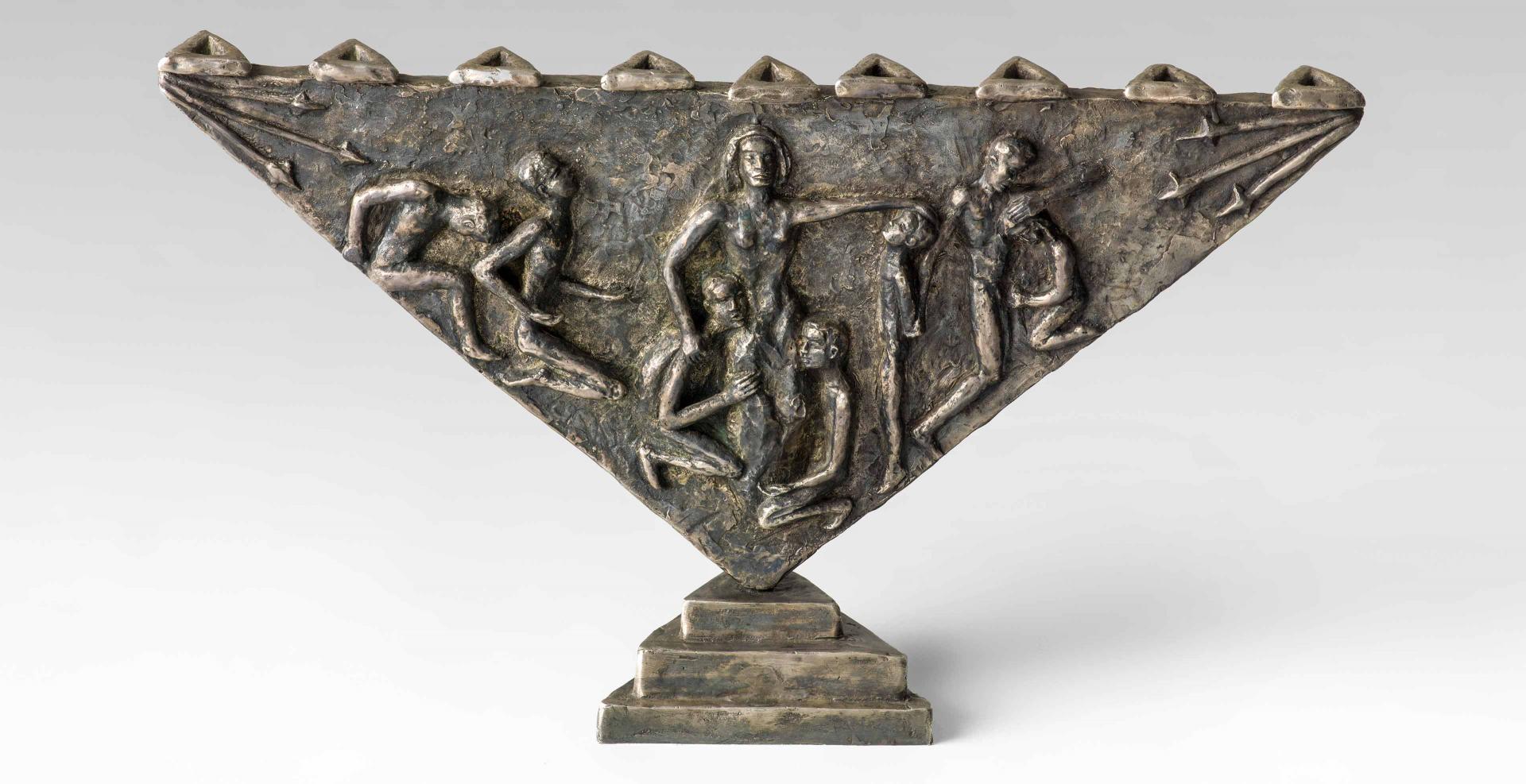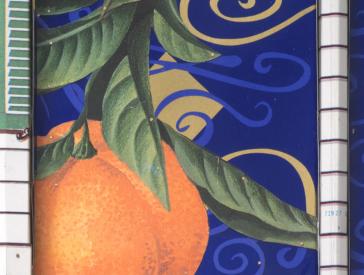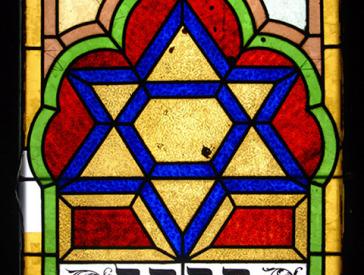Judaica Collection

Chanukah candelabra by Erna Weill, USA, according to signature 1936; Jewish Museum Berlin, photo: Roman März. Further information about the object can be found in our online collections (in German).
Our collection of objects for religious use documents Jewish history and culture by way of ritual and everyday items. A central issue here is how these items reflect Jewish life in the past and present.
Scope and Spectrum
To date the collection counts about 1,500 objects. The heart of the collection is the private collection of Zvi Sofer, a cantor from Münster, which the Berlin Museum acquired in 1981. It also contains comparative pieces from other countries as well as a growing number of contemporary ceremonial objects.
The collection holds characteristic objects for religious use made of a wide assortment of materials, including various textiles, paper types, and metals. The breadth of craftsmanship ranges from ornate examples of eighteenth-century German silversmithing to simple folk art of the nineteenth century.
Who was Zvi Sofer?
Zvi Sofer (1911–1980), cantor, and collector, born in Podolia, 1929 Aliyah, academic studies in Vienna, in 1938 re-emigrated to Palestine, from 1959 dedication to the revival of Jewish communities in Germany
Selected Objects: Judaica Collection (9)
How can I conduct research using the museum’s archive, collections, and library?
Our Reading Room is open to the public. You can also research using our library’s holdings and some of our collection’s holdings online. To view additional holdings, please contact the responsible curators.
I would like to depict or borrow an object from your collections. Who should I contact?
Your contacts for photo permissions are Valeska Wolfgram and Birgit Maurer-Porat (T +49 (0)30 259 93 433, email: fotodoku@jmberlin.de). Loan requests must be made at least six months in advance. For questions regarding administrative processes, please contact Katrin Strube (T +49 (0)30 259 93 417, email: k.strube@jmberlin.de).
How can I donate objects, photographs, and documents to the museum?
If you would like to support the Jewish Museum Berlin and believe you possess materials that may be of interest to us, contact us!
In this film, made as part of our exhibition on the First World War in Jewish Memory, Michal Friedlander, curator of Judaica and Applied Arts, presents two Torah pointers donated to a British and an Algerian synagogue.














